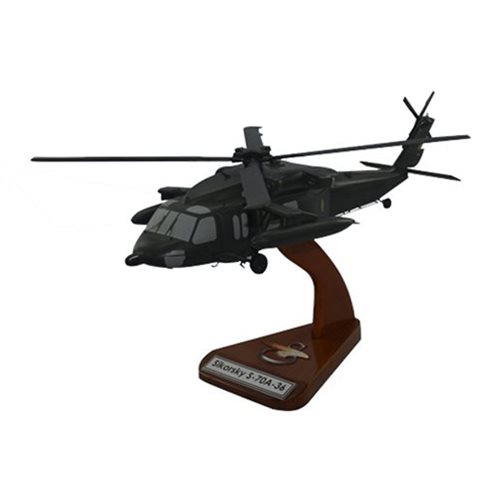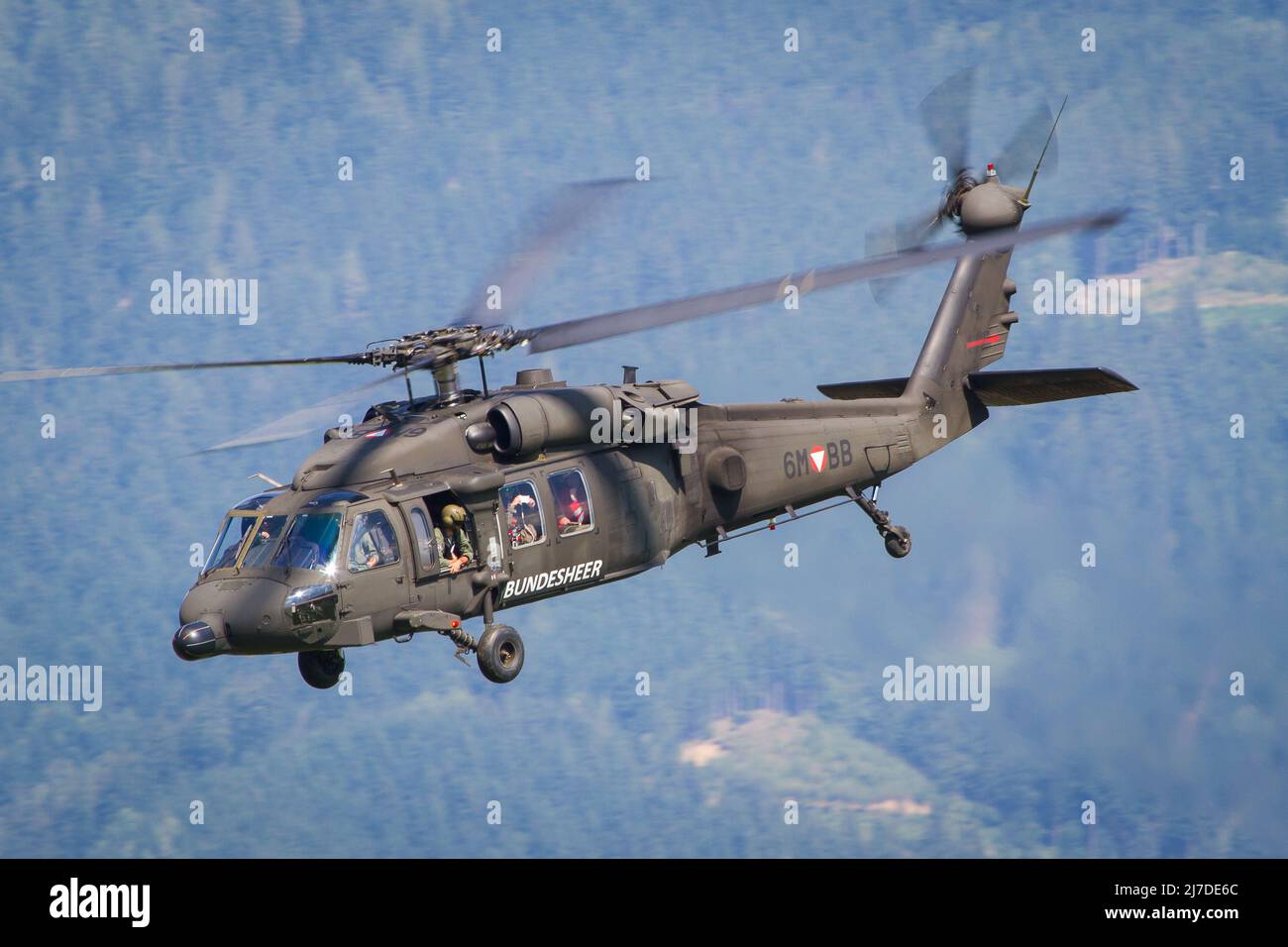Sikorsky S 70: Reinventing Tactical Procedures with Cutting-Edge Innovation
Sikorsky S 70: Reinventing Tactical Procedures with Cutting-Edge Innovation
Blog Article
High-Performance Multi-Role Rotorcraft Featuring Advanced Cabin Technologies and Integrated Sensing Unit Equipments
The realm of rotorcraft innovation has actually seen significant improvements in current times, particularly in the world of high-performance multi-role rotorcraft furnished with advanced cabin modern technologies and perfectly integrated sensor systems. These innovations have not just increased the functional capacities of rotorcraft yet have actually also dramatically influenced modern aeronautics operations on numerous fronts. From boosted mission convenience to enhanced functional effectiveness, the merging of sophisticated cockpit innovations and integrated sensor systems has actually introduced a new age of opportunities for rotorcraft applications. In the following conversation, we will certainly check out the development of rotorcraft innovation, look into the realm of advanced cockpit advancements, and check out the implications of incorporated sensor systems on the operational adaptability and efficiency of modern-day rotorcraft.
Evolution of Rotorcraft Innovation
The development of rotorcraft modern technology has been marked by substantial improvements in aerodynamics, products, and propulsion systems, forming the capabilities and efficiency of contemporary rotorcraft. Wind resistant enhancements have boosted the performance and maneuverability of rotorcraft, allowing for enhanced speed, agility, and stability throughout trip (sikorsky s 70). Developments in materials, such as making use of composite products and progressed alloys, have led to lighter yet stronger rotorcraft frameworks, boosting general performance and durability. Furthermore, advancements in propulsion systems, consisting of more powerful engines and innovative propulsion innovations, have actually made it possible for rotorcraft to attain higher elevations, faster speeds, and better payloads.
These innovations have not only transformed the capabilities of rotorcraft yet have actually also expanded their applications throughout numerous industries, consisting of armed forces, industrial, and emergency services. The continual evolution of rotorcraft innovation continues to drive innovation in the field, pressing the limits of what is possible and shaping the future of upright flight.
Advanced Cockpit Innovations
Structure upon the foundational developments in aerodynamics, materials, and propulsion systems, the world of rotorcraft innovation currently changes focus in the direction of introducing Advanced Cabin Innovations. The assimilation of advanced technologies within the cabin atmosphere plays an important duty in enhancing the operational capacities, security, and efficiency of modern-day rotorcraft. sikorsky s 70. Advanced Cockpit Innovations include a large variety of functions developed to give pilots with improved situational recognition, structured information management, and user-friendly control interfaces
One of the crucial advancements in cabin design is the application of glass cabins, which change typical analog evaluates with high-resolution display screens. These digital systems provide customizable designs, real-time data assimilation, and boosted readability, making it possible for pilots to gain access to vital info at a glimpse. Additionally, progressed avionics systems, such as fly-by-wire controls and augmented reality screens, are transforming just how pilots engage with the airplane, permitting exact control and enhanced decision-making capabilities.


Incorporating sophisticated cockpit advancements not only enhances pilot efficiency however likewise adds to overall goal performance and safety in intricate operational settings. By leveraging advanced modern technologies within the cockpit, rotorcraft suppliers are establishing brand-new criteria for operational excellence and mission success.
Integrated Sensor Systems
With the development of rotorcraft technology, the combination of innovative Integrated Sensing unit Systems has come to be paramount in boosting operational performance and safety. These Integrated Sensing unit Solutions encompass a broad range of modern technologies that supply critical data for numerous features such as navigation, monitoring, targeting, and ecological surveillance. By flawlessly incorporating sensing units like radars, electronic cameras, lidar, and infrared systems into rotorcraft, drivers can take advantage of improved situational understanding, boosted mission capacities, and minimized pilot work.
One key advantage of Integrated Sensor Solutions is their capability to collect real-time data and supply workable understandings to pilots and goal operators. Advanced radar systems can find and track targets over long ranges, permitting for early risk discovery and reliable action preparation. In addition, integrating electro-optical and infrared cameras allows rotorcraft to carry out reconnaissance and surveillance objectives with accuracy and accuracy.
Basically, the combination of advanced sensing unit technologies into rotorcraft not only improves functional performance however also contributes significantly to general mission success and team safety. As rotorcraft continue to progress, the function of Integrated Sensor Systems will certainly continue to be at the forefront of development in the aerospace sector.
Functional Versatility and Performance
Enhancing operational flexibility and effectiveness in rotorcraft is a natural progression from the combination of advanced Integrated Sensor Solutions. By leveraging the data and understandings supplied by these innovative sensor systems, rotorcraft can maximize their performance across various objectives and settings.
Operational convenience includes the ability of rotorcraft to adapt to various duties and circumstances efficiently. With innovative cockpit technologies and integrated sensing unit systems, rotorcraft can flawlessly transition in between tasks such as search and rescue, clinical emptying, monitoring, and a lot more. This versatility improves the rotorcraft's capacity to satisfy diverse operational demands without calling for considerable reconfiguration.
Effectiveness in rotorcraft operations is important for making best use of objective performance and resource usage. Integrated sensing unit systems play a pivotal duty in enhancing functional performance by providing real-time data on weather, surface mapping, target tracking, and extra. This information allows pilots to make informed decisions quickly, optimize trip courses, conserve gas, and improve total goal performance.
Influence On Modern Aviation Workflow

Moreover, the combination of innovative sensing units assists in improved objective planning and execution, allowing rotorcraft to do a variety of jobs with boosted accuracy. From search and rescue procedures to airborne firefighting and legislation enforcement objectives, the capacities of modern-day rotorcraft outfitted with sophisticated cabin modern technologies and incorporated sensor systems are exceptional.
Furthermore, the impact of these advancements prolongs past operational performance to cost-effectiveness and sustainability. By maximizing flight courses, fuel usage, and maintenance timetables, high-performance rotorcraft geared up with advanced cockpit technologies and sensors add to minimizing functional costs and ecological effect, making them essential properties in modern-day air travel operations.
Verdict
In final thought, the high-performance multi-role rotorcraft with sophisticated cockpit innovations and integrated sensing unit systems stands for a substantial development in aeronautics technology. These technologies improve operational versatility and performance, ultimately affecting modern aviation procedures in a favorable way. The assimilation of these sophisticated innovations permits enhanced capabilities and performance in various objective scenarios, showcasing the continued innovation of rotorcraft technology in the aviation industry.
The world of rotorcraft modern technology has seen significant developments in recent times, specifically in the world of high-performance multi-role rotorcraft equipped with cutting-edge cockpit technologies and effortlessly incorporated sensing unit systems. From boosted goal flexibility to boosted functional performance, the merging of innovative cabin technologies and integrated sensor systems has ushered in a brand-new period of possibilities for rotorcraft applications. In the following discussion, we will certainly check out the evolution of rotorcraft modern technology, delve into the realm of sophisticated cockpit advancements, click to read and take a look at the effects of incorporated sensor systems on the functional flexibility and performance of modern rotorcraft.

Report this page